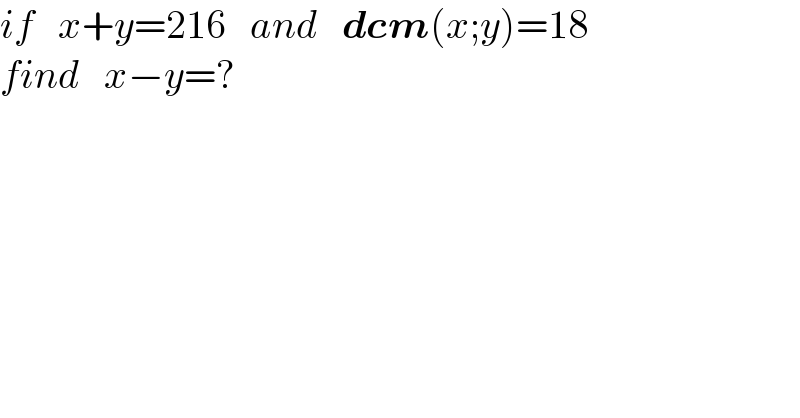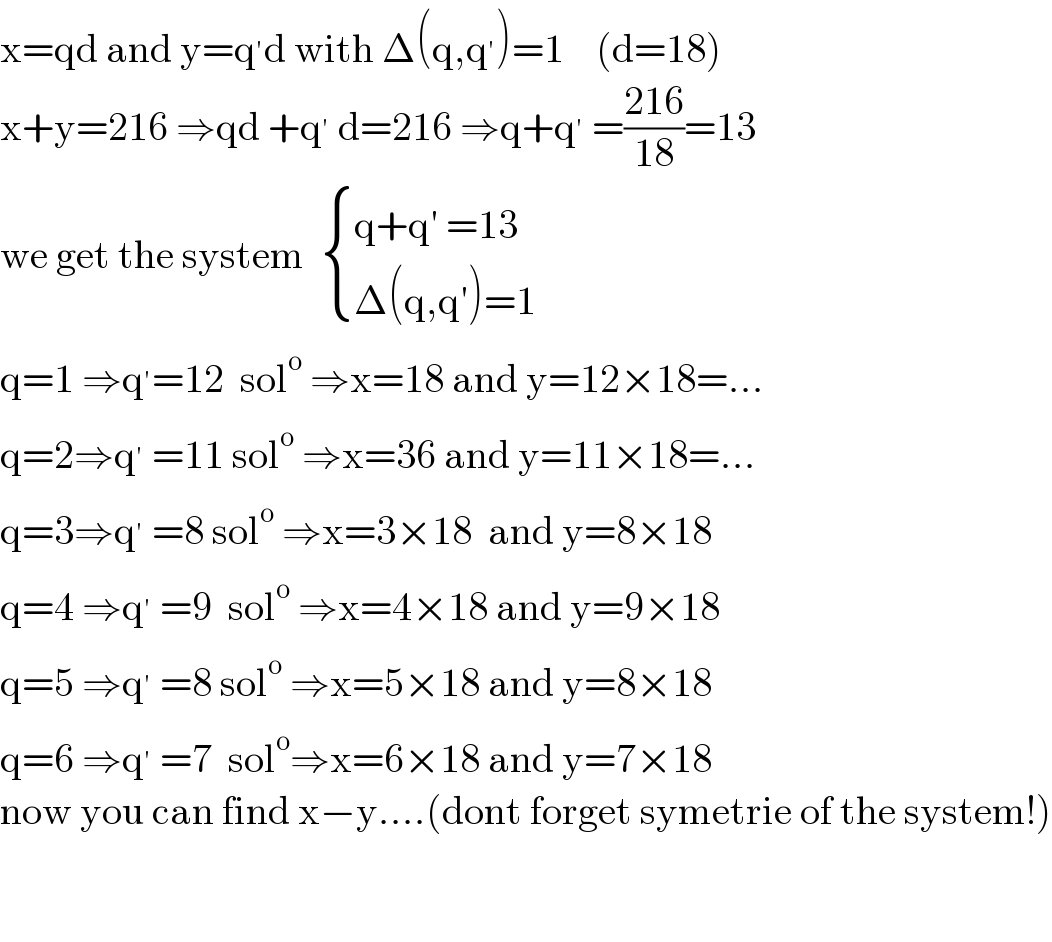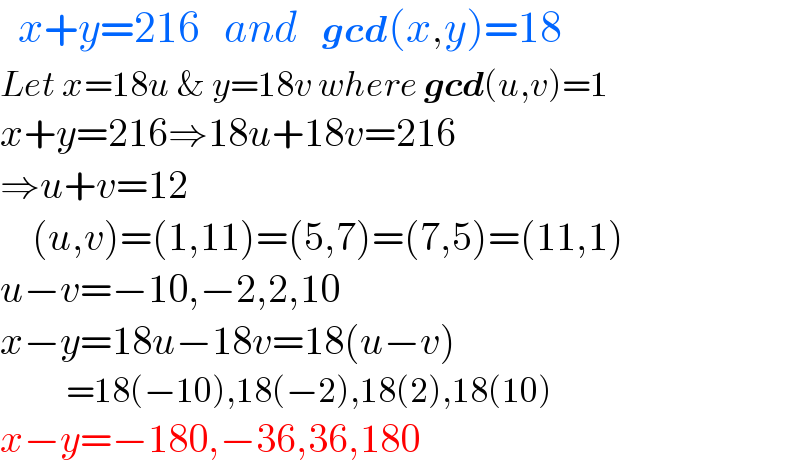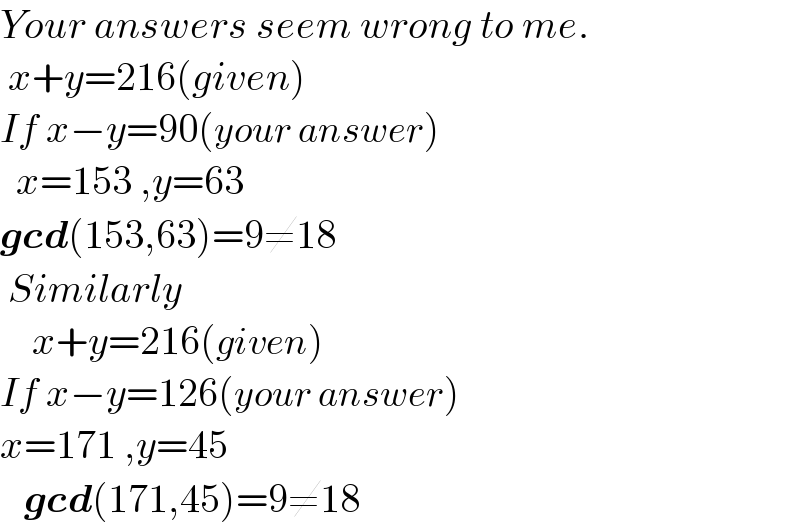
Question and Answers Forum
Question Number 146488 by mathdanisur last updated on 13/Jul/21

Commented by mathdanisur last updated on 13/Jul/21

Commented by gsk2684 last updated on 13/Jul/21

Answered by mathmax by abdo last updated on 13/Jul/21

Commented by mathdanisur last updated on 13/Jul/21

Commented by Rasheed.Sindhi last updated on 15/Jul/21

Answered by Rasheed.Sindhi last updated on 13/Jul/21

Commented by mathdanisur last updated on 13/Jul/21

Commented by Rasheed.Sindhi last updated on 13/Jul/21

Commented by mathdanisur last updated on 13/Jul/21

